Get Medication Assisted Treatment (MAT) Without Methadone Clinics
Sadly, more than 108,000 people lost their lives in the battle against opioid addiction in the United States. The Centers for Disease Control and Prevention (CDC) confirmed that and indicated that opioid use disorders were associated with approximately 75% of drug overdose deaths back in 2020.
If you or someone you love has been in the fight against OUD, you might have heard about methadone. It is a treatment method for OUDs that has been successful for more than 40 years, according to the National Institutes of Health (NIH).
But it’s not the only one – buprenorphine, naltrexone, suboxone, and clonidine are a few popular methadone alternatives offered at South Shores Detox and Recovery. Keep reading to learn more about our proven alternatives now!
What is Methadone and How Does it Work?
To put it in simple words: methadone – like most other opioids – activates the same opioid receptors in the brain. However, it does not create the same feelings of euphoria that other opioids do. Moreover, it helps you gradually wean off opioids reducing or eliminating the cravings and withdrawal symptoms.
Many sources claim that methadone was the first treatment option that medical professionals used widely for treating SUDs. You may have heard rehab specialists mention methadone for treating morphine and heroin addiction.
Does it Work for Pain?
It can help relieve severe pain as well and since it activates the same opioid receptors but slowly, many specialists have effectively used it to treat SUDs – since the 1960s. It is very much similar to morphine but has very gradual and mild effects.
The John Hopkins Bloomberg School of Public Health confirms that only specially certified providers can sell methadone.
What is Medication-Assisted Treatment (MAT) for Opioid Addiction?

When a doctor prescribes you or a loved one methadone to combat OUD withdrawal symptoms, they are referring to what’s called a “Medication-Assisted Treatment” or MAT. It is a highly effective approach that combines different medications with behavioral therapies and counseling to combat substance use disorder.
The Substance Abuse and Mental Health Services Administration (SAMHSA) confirms that it is a common treatment strategy for treating opioid and other substance abuse disorders. Also, there are studies that also confirm how effective MAT is in helping struggling individuals become opioid and SUD-free.
Since MAT includes a range of therapies and medications, methadone isn’t the only one that you have to rely on. Fortunately, there are alternatives to methadone as well that might have fewer potential side effects and dependency issues. Here’s more!
Why Should You Consider Alternatives to Methadone?
The road to recovery is a tough one, especially when you’re combatting highly addictive and prevalent drugs like opioids. The NIH confirmed that the US is also facing an opioid abuse epidemic on the side, with nearly 2.1 million people affected every year.
In the fight against this, many studies indicated that methadone is an effective medication, but there are considerable drawbacks. However, other medications can help you improve your health and addiction as you recover.
Why Do People Consider Alternatives to Treat Opioid Dependence?
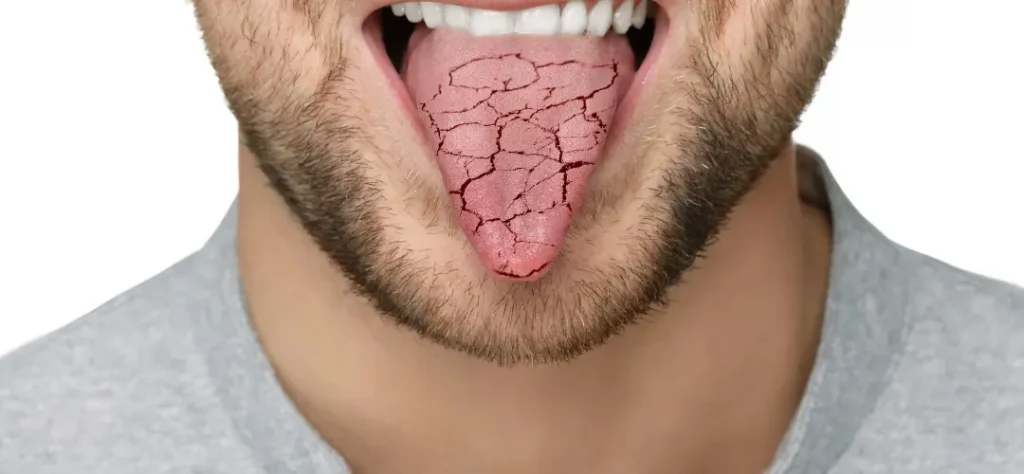
The reason for this is that methadone has been the standard option to treat opioid addiction for too long. It has potential side effects, some of which include:
- Xerostomia (dry mouth)
- Constipation
- Drowsiness
- Slow breathing
- Loss of appetite
- Blurred vision
- Heart arrhythmia
The list of side effects could go on and as a struggling individual, you’re already grappling with a challenging recovery process to combat these side effects too.
But there’s no need to worry as the alternatives seem to be a better fit for some people. They may have lower dependency risks – which has been a serious concern with methadone treatment.
4 Safe & Effective Substitutes for Methadone
We discovered some of the more popular methadone alternatives to combat opioid withdrawal symptoms, methods that are proven safe and effective (including in some of the studies cited earlier).
Here’s what knowing about these alternatives might help you plan a better road to lasting recovery:
Buprenorphine
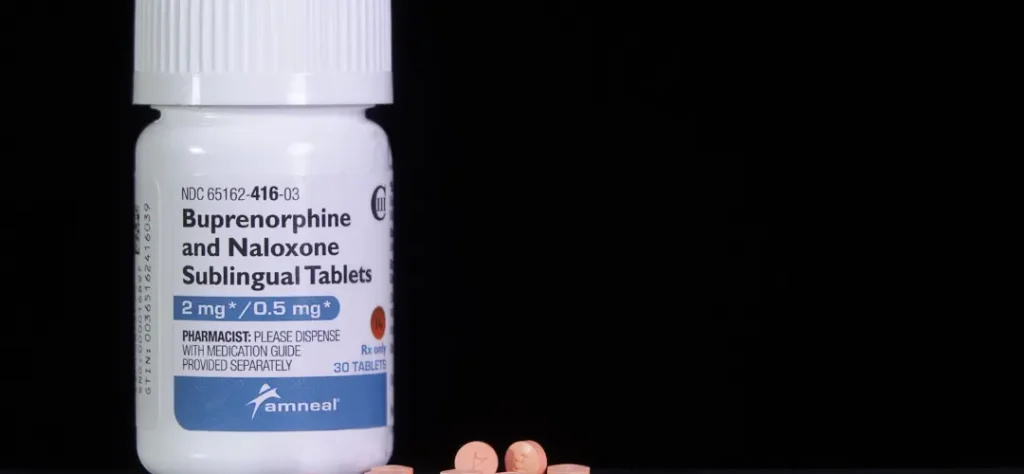
We discovered buprenorphine is one of the more notable alternatives to methadone and help reduce withdrawal symptoms. It is also Food and Drug Administration (FDA) approved. Some experts regard it as a “notable partial opioid agonist”, which serves as a substitute for methadone in a MAT plan.
The way this long-acting opioid agonist, buprenorphine, works is by activating the same receptors that addictive opioids do (and methadone too). However, it does so even less intensely compared to methadone.
And, that means that managing the withdrawal symptoms along with the cravings for addictive opioids may become easier – i.e., more manageable for struggling individuals.
Since the receptors get active less intensely, there’s a lower risk of misuse or dependency issues among patients. In fact, you will find convincing studies and scientific evidence that confirm that this opioid addiction treatment method is one of the most effective.
Naltrexone
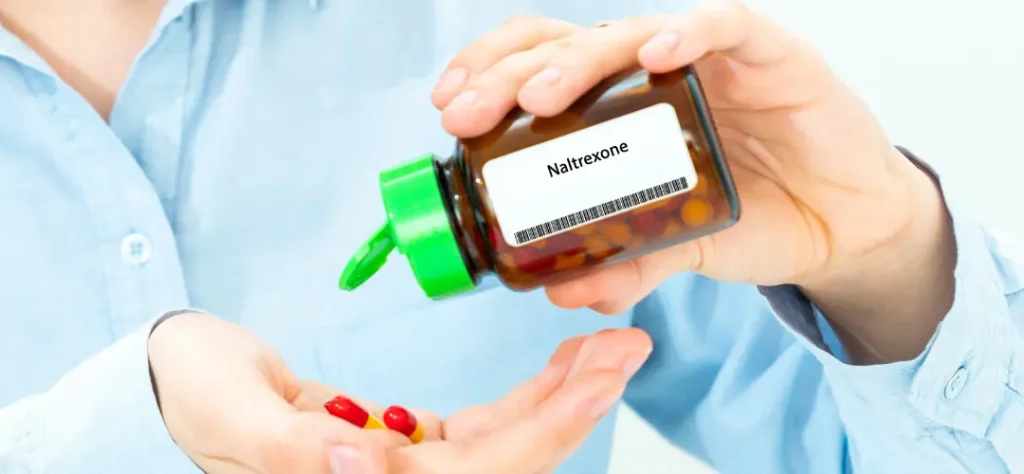
Then, we have naltrexone, another alternative to methadone. It is also FDA approved.. But unlike both methadone and buprenorphine, some experts call naltrexone an “opioid antagonist” instead of an “opioid agonist”. This is mainly because naltrexone doesn’t activate the opioid receptors but rather blocks them, according to scientific research.
It’s even more encouraging when you consider how helpful this can be for someone who has a difficult time letting go of opioids. If a loved one is at risk of relapse, it is assuring to know that even after temporary opioid abuse, the results might not be the same as before.
Why? Because Naltrexone has blocked the opioid receptors in the brain which prevent the drugs from causing the same “euphoric” feelings. We would also like to mention that while it doesn’t directly reduce cravings in patients, it serves as a very helpful and useful medication to prevent relapses.
Clonidine
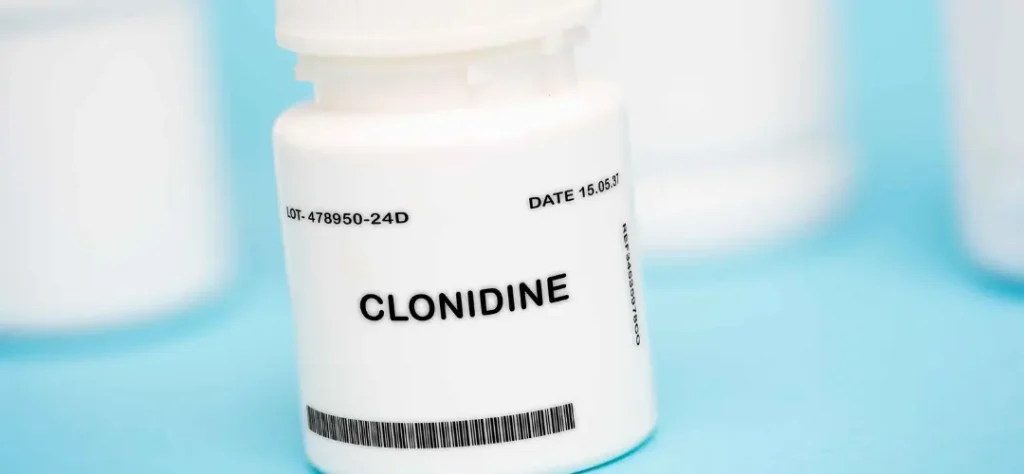
The team at South Shores Detox & Recovery has also had the chance to overview and study another methadone alternative: clonidine. This substitute to methadone is also FDA approved. It is one of the most common medication options for treating opioid drug abuse and OUD disorders.
Although experts don’t always use it as a primary treatment option for opioid dependence or addiction disorders, they use it to manage withdrawal symptoms, according to research. If you’ve been a struggling addict or looking to improve your recovery process, clonidine can help.
It falls under the category of prescription drugs called “antihypertensives”. Moreover, it works by blocking certain chemicals in your brain that trigger sympathetic nervous system activity. This activity is what makes opioid withdrawal more intense by leading to symptoms like:
- Anxiety
- Stress
- Increased heart rate
- High blood pressure
- Sweating
Clonidine reduces this “over-activeness” of your sympathetic nervous system. In turn, this takes the edge off the physical withdrawal symptoms like rapid heart rate and high blood pressure, for example.
Suboxone
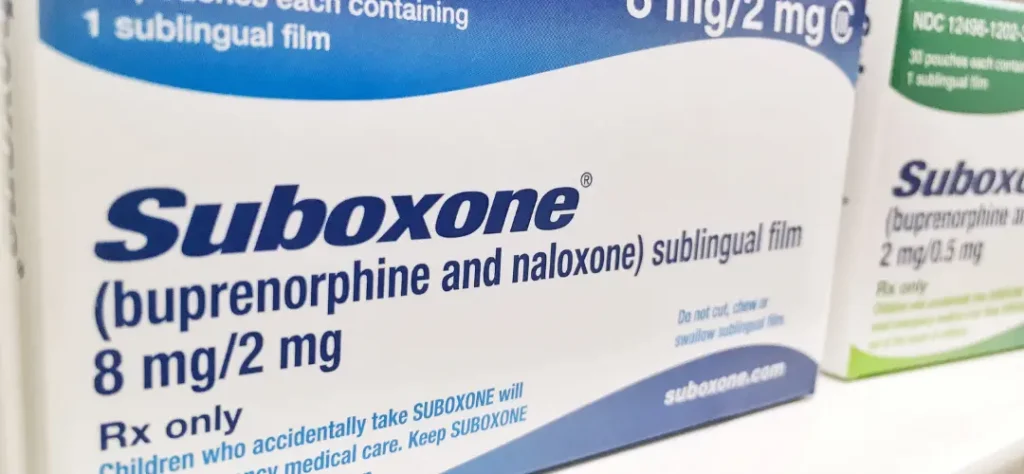
Perhaps, one of the safest and most effective alternatives to methadone is Suboxone. It combines two medications: buprenorphine (discussed earlier) and naloxone (discussed below). Both are FDA-approved and can help struggling individuals treat their opioid dependence.
It also works by binding to the opioid receptors in the brain. Suboxone activates these receptors just like methadone does – and like buprenorphine does as a standalone medication. Furthermore, it prevents the same intoxication effects from opioids as before.
Hence, it relieves the cravings and significantly helps with abating the withdrawal symptoms. Moreover, the naloxone in this medication may help prevent relapse, here’s how:
- Naloxone
Naloxone works by blocking the opioid receptors. It prevents the receptors from going into activation if the patient is simultaneously using opioids (sometimes due to compulsive behavior). This is what allows Suboxone to help with preventing relapse.
But it is important to continue doing research on the best alternatives for methadone and other medications. This can ultimately pave the path to a more effective recovery process so you can resume a normal life, free from opioids and other drug abuse disorders.
Get Methadone Alternatives at South Shores
We understand the challenge of trying to work towards a life of normalcy while combating opioid drug abuse symptoms. While methadone stands as a standard option to treat these issues, it comes with potential side effects and the risk of dependency.
However, there are alternatives that you or your loved one use to recover from opioid drug abuse disorders and withdrawal symptoms. Buprenorphine, naltrexone, and Suboxone are all effective and proven substitutes for methadone.
So, if you or your loved one are struggling with opioid addiction, know that the path to recovery is not so far away. At South Shores Detox & Recovery, we can help you begin your journey through supportive therapies and the right medication plans that fit your needs.
Don’t hesitate to contact a team of compassionate and knowledgeable professionals. Schedule a confidential consultation to discuss your personalized needs today!


Recent Comments